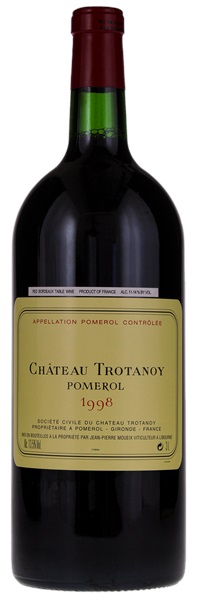
Image above is an example. To view the image of the lot, click the item number.
Estimate
Very sweet, plummy fruit on the nose, with hints of milk chocolate and spices. Full-bodied, with chewy tannins and a big, juicy palate.
...full-bodied, super-rich wine exhibits notes of toffee, truffles, and abundant blackberry, cherry, and currant fruit.
Ineffable, vibrant aromas of blackberry, boysenberry, minerals, violet, bitter chocolate and mint. Dense, rich and mouthfilling...